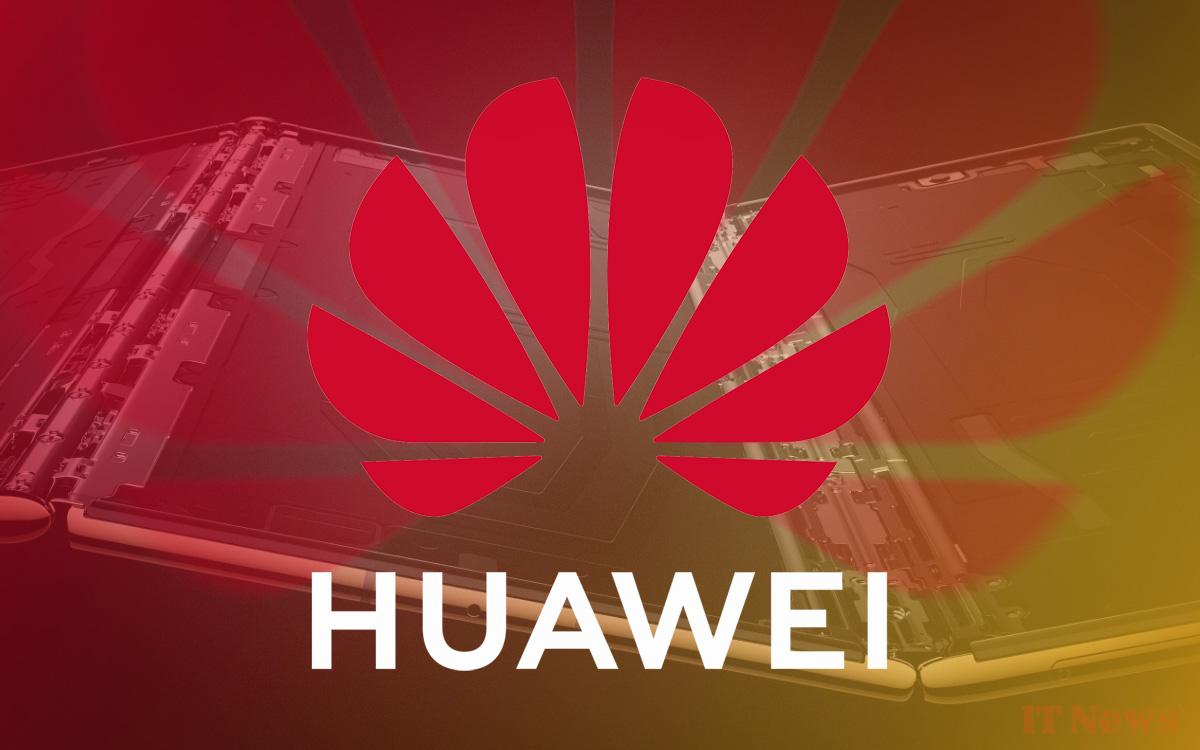Huawei announces remarkable progress in smartphone chip manufacturing. The manufacturer claims to have managed to fall just one generation behind the United States. In just a few years, the brand, hit by heavy American sanctions, has managed to develop an ecosystem of internal solutions – which today allow it to free itself from almost all technologies protected by American patents.
What if Huawei quickly returned to the forefront as the best smartphone brand in the world? The firm's CEO Ren Zhengfei reveals a major step forward in its strategy to become independent of American technologies. Its latest Kirin X90 chip, designed internally and built by the Chinese firm SMIC, is now on the 5nm node, one of the most advanced on the market.
Which is ultimately, as the executive claims, only one generation behind the chip that powers the latest iPhones and Samsung smartphones currently on sale – itself engraved in 3nm. It should also be noted that TSMC and Samsung are currently starting to engrave even more advanced chips on the 2nm node, which should be found in devices unveiled in the coming months.
Huawei announces another major victory in its independence from the United States
This technological push is nonetheless impressive, given the cutting-edge technologies required for this type of achievement. Above all, it brings the brand closer to a horizon from which the heavy US sanctions it has been subject to since the beginning of the 2020s will no longer be a problem for the growth of its activities.
As a reminder, before these sanctions, Huawei had risen to first place in global smartphone sales in the second quarter of 2020. International retaliatory measures had since forced the brand to develop its alternatives to ARM technologies and the Android operating system and, more broadly, to all of Google's services. From HarmonyOS to the Gallery app store, this first step already seems largely complete.
So the hardware part remained, particularly with the chips – an element that is particularly difficult to manufacture at the level required in modern smartphones. The transition to 5nm Kirin chips is in itself already a great victory. It augurs a now fairly rapid return to the forefront. With all due respect to the United States.




0 Comments